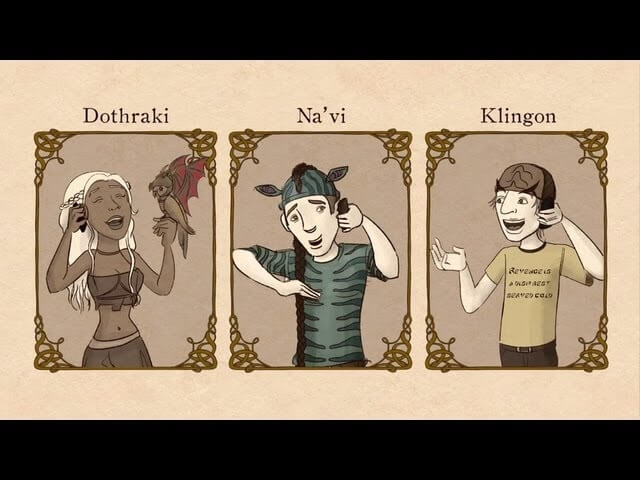An introduction to conlangs helps explain the origins of Elvish, Dothraki, and other fictional languages

Part of the immersiveness of fictional worlds like Middle Earth in Lord Of The Rings or the Star Trek universe is the depth of the fictional languages created within those worlds, like Elvish and Klingon. Linguist John McWhorter narrates a new Ted-Ed video on what separates those conlangs (constructed languages)—and others like Dothraki from Game Of Thrones and Na’vi from Avatar—from “codes like Pig Latin” or “collections of fabricated slang” like in A Clockwork Orange. In short, it’s a difference between vocabulary and grammar. For instance, Tolkein’s language—and Dothraki, Na'vi, and Klingon—actually has a system in place for how words go together. And Tolkein went even further than that, creating a realistic progression of Elvish over time to mimic how Old English became the modern version, and how romance languages like Spanish and French diverged over time. It’s a fascinating introduction to the invention of fantasy languages and how committed Tolkein was to making Elvish realistic—something that’s now left to linguists like David J. Peterson, who created Dothraki and Valyrian for the Game Of Thrones series.

 Keep scrolling for more great stories from A.V. Club.
Keep scrolling for more great stories from A.V. Club.